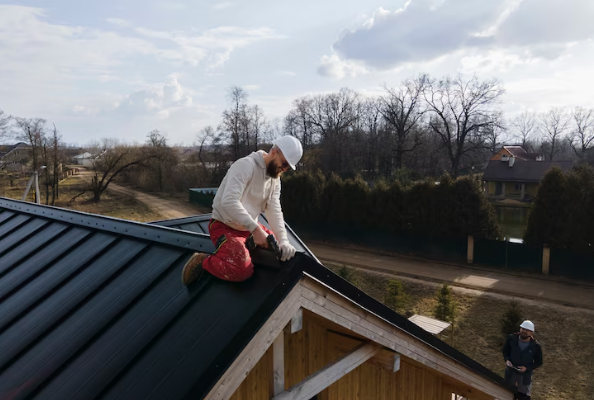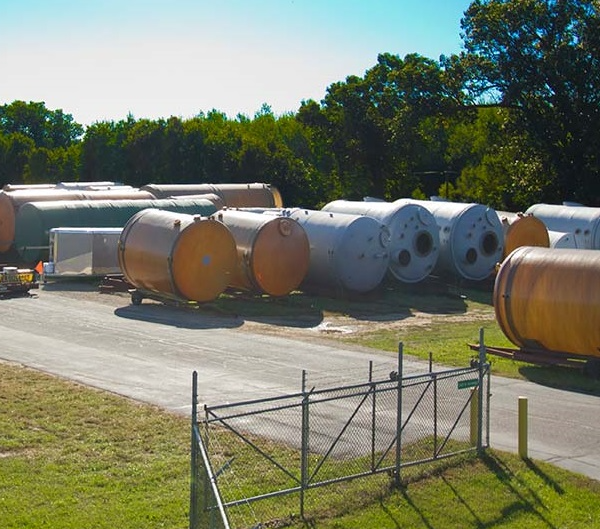
Flat roofs have become a popular choice for both residential and commercial buildings due to their modern aesthetic and space efficiency. However, they require regular maintenance to ensure long-lasting durability. In this article, we’ll explore how to maintain your flat roof, discuss common issues, and offer tips on ensuring its longevity. We’ll also highlight how roofing companies in Georgia can assist with professional maintenance to maximize your roof’s lifespan.
Why Flat Roof Maintenance is Essential
Flat roofs differ from pitched roofs in that they have little to no slope, making them more susceptible to water accumulation, debris buildup, and damage over time. Proper maintenance ensures:
- Prevention of water leaks and pooling.
- Protection against UV damage and weather elements.
- Longer roof life, saving you from costly repairs or early replacements.
By following the steps outlined below, you can ensure long-lasting durability for your flat roof.
Routine Inspections and Cleaning
Perform Regular Roof Inspections
One of the key elements in how to maintain your flat roof for long-lasting durability is regular inspection. Aim to inspect your roof at least twice a year, ideally in the spring and fall. Additionally, inspect your roof after severe weather conditions like heavy rain, wind, or snowstorms.
What to look for during your inspections:
- Ponding water: Check for areas where water is pooling, as standing water can lead to leaks and structural damage.
- Cracks or blisters: Look for visible cracks, blisters, or tears in the roofing membrane, which could be signs of damage.
- Debris accumulation: Remove any leaves, branches, or other debris that might have accumulated on the roof. These materials can trap moisture and lead to roof damage.
If you’re unsure about inspecting your roof on your own, contacting roofing companies in Georgia for a professional assessment can be a wise decision.
Clean the Roof Surface Regularly
Flat roofs can accumulate more debris than pitched roofs because they lack a significant slope. Regularly cleaning the surface is crucial for maintaining its durability. Debris can block drainage systems, causing water to pool and eventually damage the roof’s membrane.
How to Clean Your Flat Roof
- Remove debris: Use a broom or leaf blower to remove leaves, dirt, and other debris.
- Check drains: Ensure that drains and gutters are free of blockages, which can cause water to accumulate on the roof.
- Inspect for algae: If your flat roof is prone to moisture, watch out for algae or moss growth. Use a roof-safe cleaning solution to remove these growths.
Addressing Water Ponding
How to Prevent Water Pooling
A flat roof’s main vulnerability is water accumulation, or “ponding,” which can lead to leaks and other damage. Here’s how you can prevent water from pooling on your roof:
- Check drainage systems: Ensure your roof has proper drainage solutions, including gutters, scuppers, or internal drains, depending on its design.
- Add a slope: If your roof consistently accumulates water in certain areas, you may need to add a slight slope to those sections. This can be achieved by applying tapered insulation or making structural adjustments.
- Install a roof coating: A high-quality roof coating can add a waterproof layer to your roof, reducing the risk of leaks and improving its resistance to pooling water.
If ponding persists, consider consulting roofing companies in Georgia to evaluate whether the roof’s drainage system needs upgrading.
Repairing Cracks and Leaks
Fix Minor Damage Early
To ensure long-lasting durability for your flat roof, you need to address even small cracks or leaks as soon as they appear. Early intervention can prevent these minor issues from becoming costly problems.
- Use a roofing sealant: For small cracks or gaps, applying a high-quality roofing sealant can provide a quick fix.
- Repair seams and flashing: The seams between roofing materials and the flashing around vents or chimneys are common areas where leaks can form. Ensure these areas are secure and watertight.
- Patch larger areas: If there’s significant damage, such as large tears in the membrane, you may need to apply a roofing patch. Make sure the patch material is compatible with your roofing system.
Professional Flat Roof Maintenance
When to Call in Roofing Experts
While DIY maintenance can go a long way in preserving your flat roof, it’s crucial to have a professional inspection and repair carried out by experienced roofers periodically. Professional roofing companies in Georgia have the expertise to detect underlying issues that may not be immediately visible during a casual inspection.
- Annual professional inspections: Schedule a yearly inspection by certified roofing professionals to ensure your flat roof is in top condition.
- Roof coating services: Many roofing contractors offer roof coating applications that can extend the life of your roof by adding a durable, weather-resistant layer.
How to Maintain Your Flat Roof During Seasonal Changes
Seasonal changes can place extra stress on your flat roof. Here’s how to prepare your roof for each season:
Spring
- Clean debris and repair any minor damage that winter might have caused.
- Check for water ponding and ensure the drainage system is functioning.
Summer
- Inspect the roof for UV damage or cracking.
- Apply a reflective roof coating to reduce heat absorption and extend the roof’s life.
Fall
- Remove fallen leaves and debris.
- Ensure drains and gutters are clear to prevent water buildup during winter.
Winter
- Regularly check for snow buildup, as heavy snow can strain the roof structure.
- Ensure the roof is sealed properly to avoid leaks from melting snow.
FAQs
Q1: How often should I inspect my flat roof?
You should inspect your flat roof at least twice a year, preferably in the spring and fall. Additionally, it’s important to inspect the roof after major weather events, such as storms or heavy snowfall.
Q2: Can I repair my flat roof on my own?
Minor repairs like sealing small cracks or removing debris can be done on your own. However, for larger issues like leaks or structural damage, it’s best to consult with roofing companies in Georgia to ensure the repair is done correctly.










